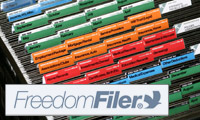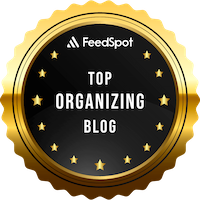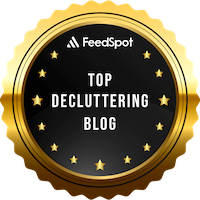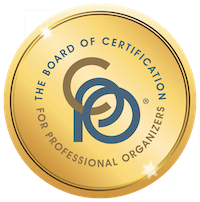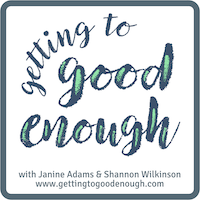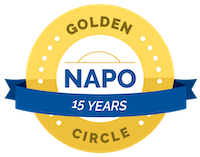Countdown to the Hamilton movie

I’ve made no secret of the fact that I adore the Broadway show Hamilton (and its non-Broadway incarnations). I’ve seen it four times (three times in Chicago and once in St. Louis) and had a ticket for a May performance in St. Louis that was canceled. I was also planning to see it on our anniversary trip to New York in April. That trip, too, was canceled, thanks to the pandemic.
So you can imagine my glee when I learned that the Hamilton movie —a filmed version of the Broadway production with the original cast, shot two weeks before the original cast stopped performing—is being released for streaming on Disney+ on July 3, rather than in October 2021 in movie theaters as originally planned.
I’m already thinking about what I want to do to prepare in order to enhance my viewing pleasure. And I’m clearing my calendar for the day on July 3 with the intention of watching it many times.
Here’s my plan, in case you’re also a fan and might find it helpful:
- I’m going to re-listen to The Hamilcast podcast episodes featuring The Cabinet (i.e. the creative geniuses behind the production, Lin-Manuel Miranda, who wrote the book, music and lyrics and stars in the original cast as Alexander Hamilton; director Thomas Kail, who also directed the movie; orchestrator Alex Lacamoire and choreographer Andy Blankenbuehler). That’s been made easy with a special page linking to those episodes. I’d better get busy because there are 13 episodes in this collection.
- I’m going to re-read Hamilton: The Revolution the book about creating the show and bringing it to Broadway.
- I’ll listen to the soundtrack many times between now and July 3 (but I’d do that anyway), as well as the Hamilton Mixtape.
- I’m going to scour YouTube looking for interviews and performances I might have missed (or re-watching favorites). I just noticed this interview on CBS that had escaped my notice. And to whet my appetite, I’ll rewatch these two award-show performances: Alexander Hamilton on the Grammys and Yorktown on the Tonys, both in 2016 .
- If I have time, I might watch Fosse/Verdon on Hulu, the mini-series about Bob Fosse and Gwen Verdon. Tommy Kail directed five of the episodes and all four members of The Cabinet were involved. (I also love Cabaret and Chicago, so I’m sure to enjoy it.)
If you know of anything I should add to my list, please let me know in the comments. July 3 can’t come soon enough!
Nine things I love about Yoga with Adriene
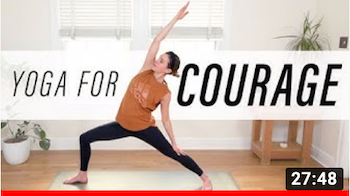
Back in December 2018 after a visit from my niece, Miranda, who does a yoga workout on the Yoga with Adriene YouTube channel every morning, I decided to give yoga a try. I’d been toying with it for eons but had been paralyzed about how to get started. And I knew I really wanted at-home yoga.
I did daily yoga for three months before I broke the chain and my practice became more sporadic.
Then along came COVID-19. Since I’ve had fewer demands on my time, I have been able to incorporate yoga into my daily routine. I am so grateful for that. This morning, when I finished my practice, I jotted down some of the things I love about doing yoga, particularly doing it with Adriene. I thought I’d share them with you in hopes that I might inspire you to give it a go!
- I’m getting stronger and more flexible. I’m 57 years old. I am absolutely thrilled to be getting stronger and more flexible, not the other way around.
- It’s good for my body and my mind. Stilling my mind, breathing deeply and moving my body are absolutely what I need right now.
- It’s gentle. Adriene is such a kind and gentle communicator. Her workouts are full of love and body acceptance. She suggests modifications for every pose and normalizes the idea that you might be not able to do all the stretchy bendy things she can do.
- Adriene is funny. She’s a yoga goddess with a beautiful body but Adriene is self-deprecating and makes funny comments all the time. (Today she bowed her head, then commented, “I see toothpaste on my shirt. Class act.”)
- There are many options, but I don’t have to make a choice. I’m easily overwhelmed by options. Adriene offers 30-day yoga journeys every January where you just do the workout designated for that day. (You can start any time.) No choice necessary. She also offers a themed calendar every month, so you can do the workout for that day. (This month the theme is, appropriately enough, Courage.) So far, I’ve done three different 30-day journeys, two of them twice. I’ve done 2020’s Home twice, 2015’s 30 Days of Yoga twice and 2019’s Dedicate once. I love that I don’t necessarily have to choose which of her many videos to do!
- The workouts are varied but there’s continuity. Each workout has some sort of theme—it might be for a certain part of the body (today I did neck and shoulder relief) or it might be to create a certain feeling, like “Soften”. After doing it this long, the yoga poses are familiar but there endless ways to put them together and each workout feels fresh to me.
- It’s free! Adriene does have a paid community, but all the workouts on her YouTube channel are free. And they’re not interrupted by ads.
- I get to do yoga in my pajamas. I know if would be very hard for me to leave the house to do yoga. Now, I just have to take a few steps from my office to my guest room to do yoga in the morning. And most mornings I do it in my pajamas. Talk about letting it be easy!
- Benji. Adriene’s Australian Cattle Dog, Benji, is present in almost all the videos. He’s calm and zen and adorable. Usually he’s extremely well behaved but occasionally he does something funny (like the time he sat on Adriene’s head when she was in child’s pose.) Adriene always acknowledges him and treats him with love.
The bottom line is that I’m really glad Adriene Mishler is part of my life. I wish I knew her in real life but I will settle for welcoming her into my home via my computer every morning. I truly feel love for her. Thanks to her, I’m healthier, stronger, and calmer. I wish that for you, too!
Staples blog post on creating work routines
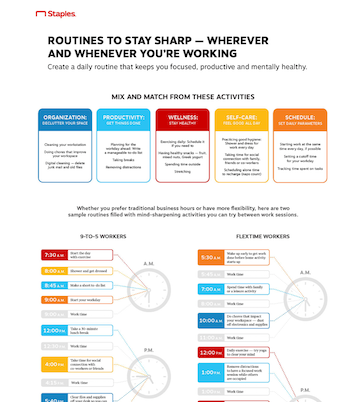
I’m so happy to have been interviewed for an article (along with Lisa Zaslow of Gotham Organizers) on the Staples Worklife blog about creating work-from-home routines. It’s called, Routines to Stay Sharp—Wherever and Whenever You’re Working. The interview took place at the beginning of the pandemic (which feels like a year ago).
The bulk of the post is a downloadable infographic with mix-and-match options to create a routine that work for you, whether you’re a nine-to-five worker or a flextime worker. If you’re struggling with maintaining some structure in your day while working from home, you might find it helpful!
Worth repeating: Preventing late fees

I originally wrote this post back in 2013, but given the current cash-flow challenges brought on by the pandemic, it seems worth repeating.
This month, I forgot to pay my credit card on the 17th. I don’t know what happened. I never forget. But on Saturday, I realized that the bill was due two days before and I’d forgotten.
Luckily, I had a back-up plan. About 18 months ago, at the advice of my friend, Shannon Wilkinson, I had arranged an automatic payment of the minimum amount due on the 17th, for instances just like this. I like to pay my credit card in full every month and up until now had done that before the automatic payment would kick in. But, since I forgot this month, at least the minimum payment was made and I avoided a late-payment fee.
I doubt I avoided an interest charge, to my dismay. I haven’t paid an interest charge in a couple of years, since I paid off my cards back in 2011. But a couple of days’ interest on a not-huge balance isn’t a big deal.
I could change my automatic payment so that the whole balance is paid, but I worry that that could spark a cash-flow problem. So, for me, this backup measure is a good one.
Late payment fees can add up and are definitely worth avoiding. If they’re problem for you, perhaps you could arrange for the minimum to be paid like I do. This month, I was sure glad I did!
(I do get an email reminder about the payment, but I think I’ll adjust it so that it comes closer to the due date and I don’t blow it off.)
Do you have any other tips for automating payments, not forgetting due dates, or otherwise avoiding late-payment penalties?
Trello + automation = productive bliss
I’ve been using Trello for a few years and love it. (You can see my posts about Trello by clicking the Trello tag.) I like it for project management, for keeping lists of things and, most of all, for task management. I’ve created a variety of task management Trello boards. Typically I switch it up depending on my mood.
About three weeks ago, I read this Trello blog post about some fun new features of Trello. The most exciting of them was the ability to add a little icon to a list title that sparks a little burst of confetti when you move a card into that list. It’s perfect for the Done Today list on my task board. That little confetti reward is so powerful! (Another fun addition is that a checklist wiggles when all its item are checked off.)
Here’s a little video of the confetti. Isn’t it fun?
Two weeks ago, I discovered the Daily Task Management Trello template and it has been a game changer for me. My master list of tasks is contained in the Backlog folder, with one card per task. Each day I move the tasks I want to do that day to the To Do Today list. When I do a task, I move it to the Done Today list (as in the video above). I also keep a list that contains cards for tasks that I like to do every day, like yoga, walk my dog, and blog. I added stickers to the cards in the Daily Task list, just to keep it playful.
Here’s my sample Daily Task Management board, a simplified version of my actual board:
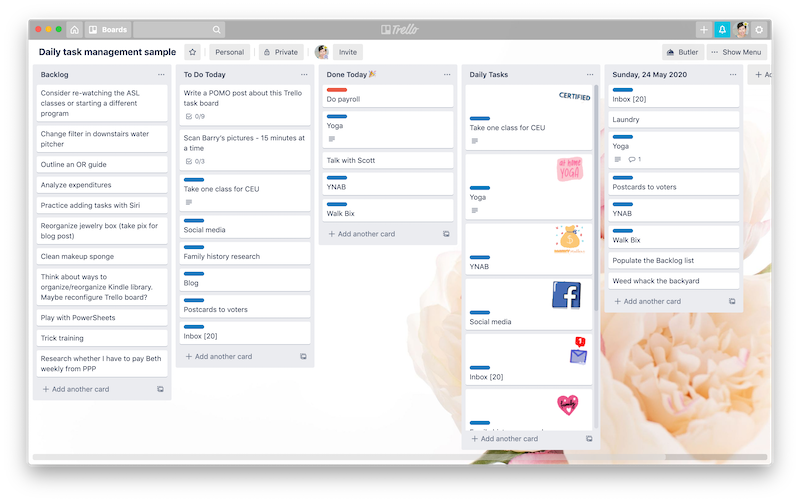
So far, I bet this sounds useful, but perhaps not exciting. Automation—using Trello’s built-in automation tool, Butler—is what turns this board into productive bliss. The creator of the template, Mitchell Fry, suggests some automation and demonstrates how to use Butler to create them in this blog post, a link to which is found in the template explanation. Once I learned how to create his suggested automations, it was easy for me to create others to make my task board every more useful and exciting. I am loving it.
One important caveat: To use this automation, you have to have Trello Gold, which costs $5 a month (or $45 when paid annually). In my opinion, it’s well worth it just for this automation, but it also allows me to upload my own pictures for board backgrounds among other benefits. (See note at the end of this post for additional information.)
Here’s a list of some of the things I’ve automated:
- Every night, the cards in the Done Today list are moved to a new list with the previous day’s date on it.
- Any list of Done tasks dated more than a week ago is archived
- Any tasks left undone in the To Do Today list are moved to the backlog list
- All the tasks in the Daily Tasks list are copied onto a new To Do Today list (and their stickers are removed, so each card takes up less space)
- Any card with a due date of tomorrow is moved to the top of the To Do Today list.
In addition, I added some tasks that come up weekly or monthly to Butler, so that they appear on my task board on the appropriate day. For example:
- A card titled “Podcast show notes” shows up in my To Do Today list every Tuesday
- “Plan newsletter” hits the backlog list on the 14th of each month
- “Social media analytics” is added to my To Do Today list on the last day of each month, with a red “top priority” label since it has to be done that day. (I check various social media metrics on the last day of every month and add them to a spreadsheet.)
- A card titled “Do laundry” and another titled “Weed garden” appear in the Backlog list every Saturday morning.
I also created a couple of board buttons to prioritize the To Do Today list so that the daily tasks are on the bottom and also to shuffle the backlog list to keep it fresh.
One other thing I did, which I think I’ll create a separate post about, is to create a shortcut on my iPhone so that I can easily dictate a task that is automatically added to the bottom of the backlog list. Squee!!
The automation is like magic. It might sound strange, but I admit to being excited every morning to see what my task list looked like, since it changed overnight. I encourage you to give it a try!!
Edited to add: The day after I posted this, I discovered that personal Trello boards have a 200-command-runs-per-month quota and I used mine up in two weeks. So in order to continue using the automation I so love, I signed up for Trello Business Class, which costs $12.95 per month per user or $120 per year if paid annually. It’s still worth it for me. Also, if you’d like to read more detailed information on how I use my Trello Daily Task Management board, check out this blog post, The nitty-gritty of my Trello daily task management board. It goes into some depth about the various features of the board.
Creating a custom heirloom photo book
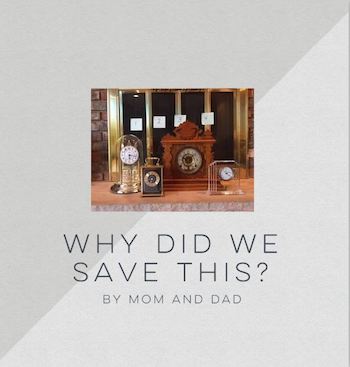
One of the readers of my genealogy blog, Jacqueline Krieps Schattner, sent me a link to a post she wrote recently on her genealogy blog, Seeds to Tree, that described the decluttering she’s been doing during the pandemic (she’s used her time very well!). The blog post also presented an idea that I think is absolutely genius, so I asked her permission to write about it here (and on my genealogy blog, Organize Your Family History).
Jacquie’s decluttering work has been very thorough during the pandemic. She got so much done that she turned her attention to the family treasures around her home. In her post, Pandemic De-Cluttering and a Heirloom Book, Jacquie described taking stock of some of the treasures she has collected over 40 years of marriage (and inherited from her parents and grandparents). In thinking about what will happen to these heirlooms if she and her husband were to downsize or were not around to tell the stories, she points out something very wise:
Heirlooms without stories are just stuff.
Jacquie came up with a great solution to the problem. She created a book with photos of each of their heirlooms complete with captions that capture their stories. That way, when the time comes, her daughters will be able to make decisions about which of these heirlooms they would like to keep. She titled the book, Why Did We Save This?
Jacquie spells out in detail how she went about creating the book (via Shutterfly) and what it looks like, and what she’s done with the copies. This is such a helpful idea that I’m thrilled to share it!
New issue of Secrets of Getting Organized magazine!
I am always delighted to be included in Secrets of Getting Organized, an ad-free magazine published by Better Homes and Gardens. I received an email recently that the new issue, Summer 2020, has just come out and I’m quoted in it! This Summer 2020 issue is an exact reprint of the Early Spring 2018, which is back by popular demand. The cover is different, but the interior is the same. They also reprinted that issue last year, as the Summer 2019 issue.
I’m quoted in three of the articles: Stop Paper Pileups, Goal: Conquer Media Room Clutter, and a kitchen-organizing article called In the Zone.
Here’s the cover:

If you haven’t already read this issue, you can purchase it at grocery stores, home centers, big box retailers, drugstores, discount chains—places that continue to be open to the public. It went on sale on May 15 and will on the newsstands until August 15. If you don’t want to have to leave the house to get it, Meredith (the publisher) also has an online store that sells printed copies. Of you can buy a pdf version at Zinnio.com.
I’m tickled to have been involved with an issue that has proven so popular!
Links
- Are you interested in becoming a professional organizer?
- Organize Your Family History
- Institute for Challenging Disorganization
- Ravelry
- NAPO St. Louis
- Getting to Good Enough podcast
- Peace of Mind Spending
- Shannon Wilkinson, life coach
- National Association of Productivity and Organizing Professionals

